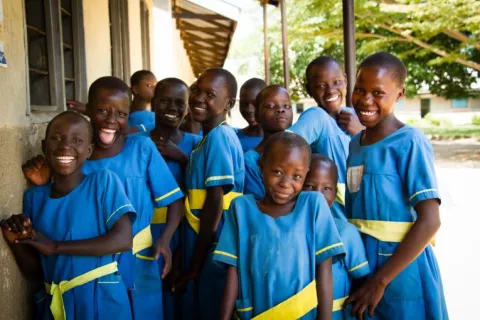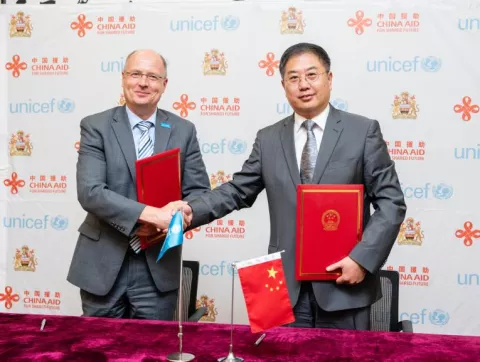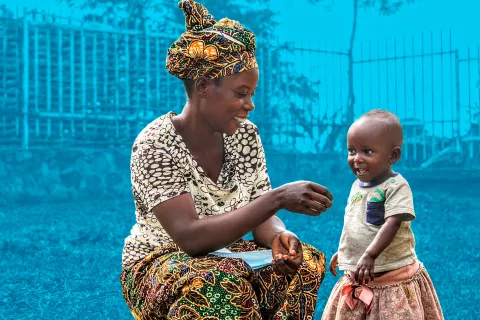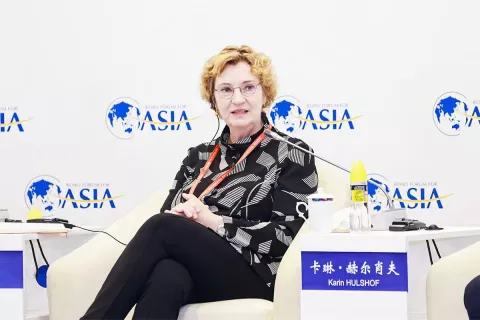Beijing Declaration: 25 years later, there’s still work to be done
Girls’ lives have improved, but progress has been uneven across regions and countries.
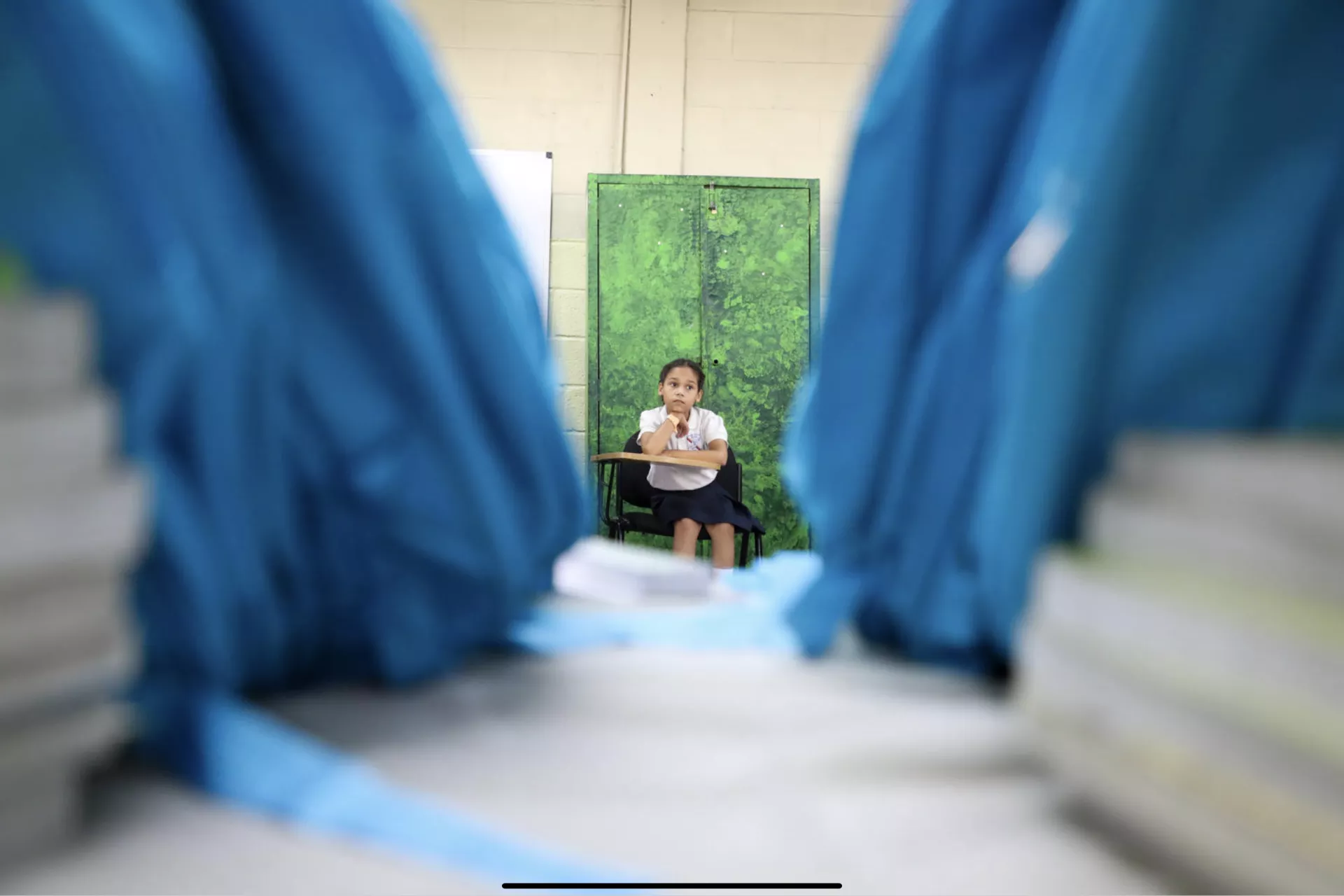
- Available in:
- 中文
- English
Today marks the 25th anniversary of the adoption of the Beijing Declaration and Platform for Action, which is considered to be the most comprehensive policy agenda for the empowerment of women. Twenty five years ago, around 30,000 women and men from nearly 200 countries arrived in Beijing, China, for the Fourth World Conference on Women, determined to recognize the rights of women and girls as human rights.
Women have since pressed this agenda forward, leading global movements on issues ranging from sexual and reproductive health rights to equal pay. Today, these movements are being organized by and for adolescent girls, to tackle issues like child marriage, education inequality, gender-based violence, climate change, self-esteem, and girls’ rights to enter places of worship and public spaces during menstruation.
A new report initiated by UNICEF, UN Women and Plan International commemorates this milestone and reflects on a quarter century of progress. The report found that although girls are living longer, fewer girls are out of school, and fewer adolescents are becoming mothers, progress across regions and countries has been uneven and far from equitable.
Remaining challenges for girls
Even when girls are in school, many do not receive a quality education.
Worldwide, nearly one in four girls aged 15-19 years is neither employed nor in education or training, compared to 1 in 10 boys of the same age. Many girls are not developing the critical thinking, communication or digital skills needed to compete in today’s labour market and gig economy.
The risk of violence — in the classroom, home and community as well as online — keeps girls from achieving.
Thirteen million girls aged 15-19 years have experienced forced sex in their lifetimes. Conflict and displacement increase the risk and occurrence of gender-based violence, as girls lose their support and homes.
When it comes to health, adolescent girls still face a high risk of sexually-transmitted infections and anemia.
The risk of sexually-transmitted infections and anemia increases for adolescent girls when they are unable to access age-appropriate health services and information. 970,000 adolescent girls aged 10-19 years are living with HIV today, compared to 740,000 in 1995.
Solutions by girls for girls
To accelerate progress, girls need to be involved in both the decision-making and design of solutions that impact their future.
The report calls for the expansion of opportunities for girls to be change-makers, and to voice their opinions in their communities about decisions relating to their education, career and future. When girls have gained the right tools and the space to strengthen their engagement and leadership, they will be better placed to shape the world around them, opening doors for them to be at the heart of decision-making processes that affect their lives.
Scale up investments in girl-focused projects
Progress will depend on investment in programmes that address the challenges girls face today, including in developing adolescent girls’ education and skills for the Fourth Industrial Revolution; ending gender-based violence, child marriage and female genital mutilation; and ensuring girls have accurate, timely and respectful health information and services.
Increase investments in better data
The report found a need for further investment in analysis of high-quality, timely sex-and-age-disaggregated data for children and adolescents, including adolescents aged 10-14 years. The need is greatest in areas such as gender-based violence, twenty-first century skills acquisition, adolescent nutrition and mental health.
The full report can be found here.


